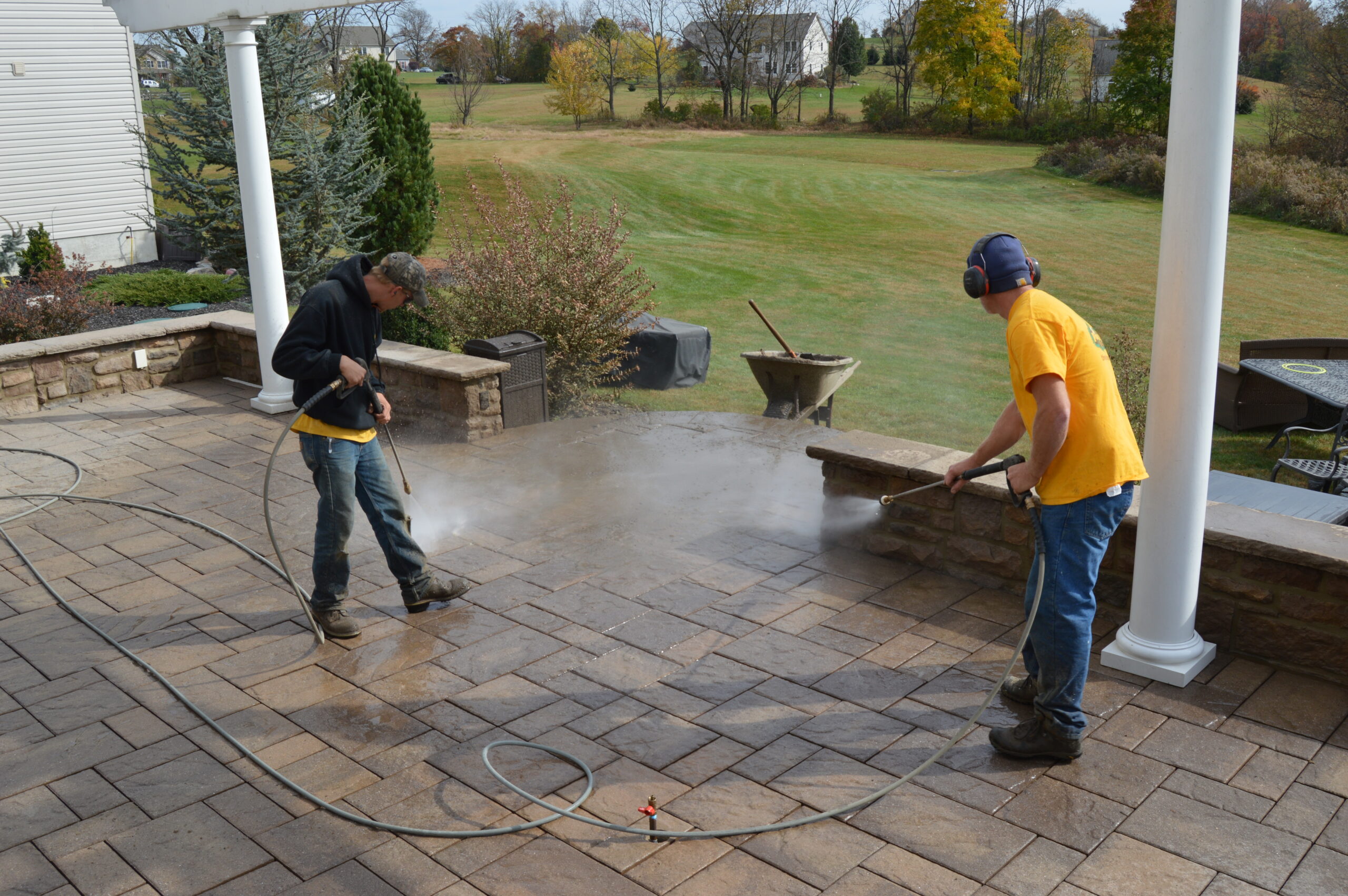Revitalize Your Home: The Ultimate Overview to Pressure Washing
Stress cleaning is an indispensable device for house owners aiming to recover the visual appeal and longevity of their residential properties. To browse these intricacies and attain ideal results, it is important to discover the fundamental facets of pressure cleaning, including useful suggestions on addressing usual stains and guaranteeing security throughout the process.
Understanding Stress Washing
Pressure washing is an effective cleaning method that uses high-pressure water spray to remove dust, gunk, mold and mildew, and other pollutants from different surfaces. This strategy is especially efficient on tough surface areas like driveways, pathways, decks, and house siding, where standard cleaning methods may fall short. By using specialized tools that generates high-pressure streams of water, stress washing can penetrate deeply into surface areas, properly removing and getting rid of persistent debris.
The process is not just reliable but also eco-friendly, as it commonly depends only on water, lowering the demand for harsh chemical cleaners. In addition, stress washing can improve the visual appeal of residential or commercial properties, preserving their worth and extending the life expectancy of surfaces by stopping wear and tear triggered by impurities.

Choosing the Right Devices
Picking the suitable tools is important for accomplishing optimal results in pressure washing. Gas systems, on the various other hand, supply higher stress and flow rates, making them perfect for larger jobs such as cleaning up driveways or home siding.
Following, think about the pressure ranking, determined in extra pounds per square inch (PSI) For light-duty tasks, a stress washer with 1,300 to 1,600 PSI is sufficient, while medium-duty work normally require 1,600 to 2,500 PSI. Sturdy jobs might necessitate makers going beyond 2,500 PSI.
Additionally, the circulation price, determined in gallons per min (GPM), influences cleaning up effectiveness (Pressure Washing Lockhart). A higher GPM allows for quicker cleaning yet may need extra effective devices
Methods for Efficient Cleaning

The method of overlapping strokes is important for even protection. In addition, keeping a constant range from the surface, generally 12 to 18 inches, enables for effective application without causing damage.
Using the appropriate nozzle is also necessary. A wide-angle nozzle is perfect for larger areas, while a slim nozzle can target stubborn dirt or grime. Additionally, using a sweeping activity instead of a fixed spray helps to prevent focused areas of stress, which can cause surface area damages.

Tackling Common Stains
When it comes to preserving the appearance of outdoor surface areas, addressing common stains efficiently is important for extending their lifespan and improving curb allure. Different surface areas, including vinyl, timber, and concrete, can build up discolorations from organic materials, oils, and ecological toxins, requiring a targeted approach.
For oil discolorations, a mix of degreasers and stress cleaning can generate excellent outcomes. Use the degreaser to the discolored area, permitting it to permeate prior to using a pressure washing machine to remove the deposit. Organic discolorations, such as mold or algae, commonly call for a service having bleach or a committed mold and mildew eliminator, complied with by pressure cleaning to restore the surface's initial appearance.
Corrosion discolorations, commonly discovered on metal surface areas, may necessitate specific rust eliminators. Use the item and scrub the area prior to stress cleaning to get rid of any kind of remaining discoloration. It is very important to test any kind of cleansing option on a small, unnoticeable location first to avoid damages.
Security Tips and Best Practices
Guaranteeing security while pressure washing is extremely important, as the high-pressure water can present considerable risks if not taken care of appropriately. To safeguard on your own and others, constantly put on suitable individual safety equipment (PPE), including safety and security goggles, gloves, and tough shoes. This equipment will certainly shield you from flying particles and additional reading the possibility for injury.
Before beginning, examine the pressure washing machine for any kind of leakages or damaged parts. Acquaint on your own with the devices's handbook to understand its procedure and safety attributes. In addition, make sure the area you are working in is without challenges which any electric links are secure from water direct exposure.
When operating the pressure washer, maintain a safe range from surface areas and stay clear of intending the nozzle at people, pet dogs, or vulnerable things. Utilize the appropriate nozzle for the task, as different nozzles create varying spray patterns and stress levels. Be mindful of your environments: protected loosened things, watch for electrical lines, and stay clear of functioning in damp conditions that may lead to slides or drops.
Verdict
In go conclusion, pressure cleaning acts as an essential tool for home owners seeking to enhance residential property looks and longevity. By recognizing the complexities of tools choice, reliable cleansing techniques, and typical discolor removal, the potential for rejuvenating one's home becomes evident. Additionally, adherence to security procedures makes sure a effective and safe cleansing process. Ultimately, the knowledge acquired from this guide outfits house owners with the necessary abilities to keep and boost their home's charm and value properly.
Stress cleaning is a powerful cleansing method that utilizes high-pressure water spray to eliminate dust, crud, mold and mildew, and various other impurities from various surfaces. By using specific devices that generates high-pressure streams of water, stress washing can penetrate deeply right into surface areas, successfully displacing and washing away persistent debris.
Nonetheless, it is essential to recognize that pressure washing calls for a particular degree of ability and expertise to avoid harmful surfaces. Softer materials like wood or repainted surface areas require a reduced pressure establishing to stop damage, whereas concrete or brick surfaces can stand up to greater linked here pressure levels.
Organic discolorations, such as mold or algae, typically need a solution containing bleach or a committed mold and mildew eliminator, adhered to by pressure cleaning to recover the surface's initial appearance. - Pressure Washing Lockhart